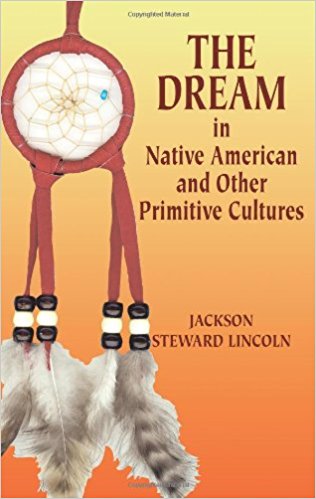Description
Because many primitive cultures assign equal value to both the fantasy and external worlds, dreams serve as their guides to both ritual and individual behavior. Trained in both anthropology and psychology, the author of this work collected and examined more material than ever studied previously to demonstrate with precision the key role of dreams in primitive society.
Combining material from both library and field research, the study opens with a historical review of dream interpretation, exploring the structure, theory, and function of dreams in primitive cultures and examining their predominant symbols, types and forms. Focusing chiefly on Native American dreams, this analysis defines their significance to the individual, as well as their relationship to the culture pattern. A broad survey, it examines trends in regions across the United States, including the tribes of lower Colorado (Yuma, Mohave), the Southwest (Navajo), the Plains (Crow, Blackfoot), the Eastern Woodlands (Ottowa, Ojibway), and the Northwest Pacific Coast (Kwakiutl).





